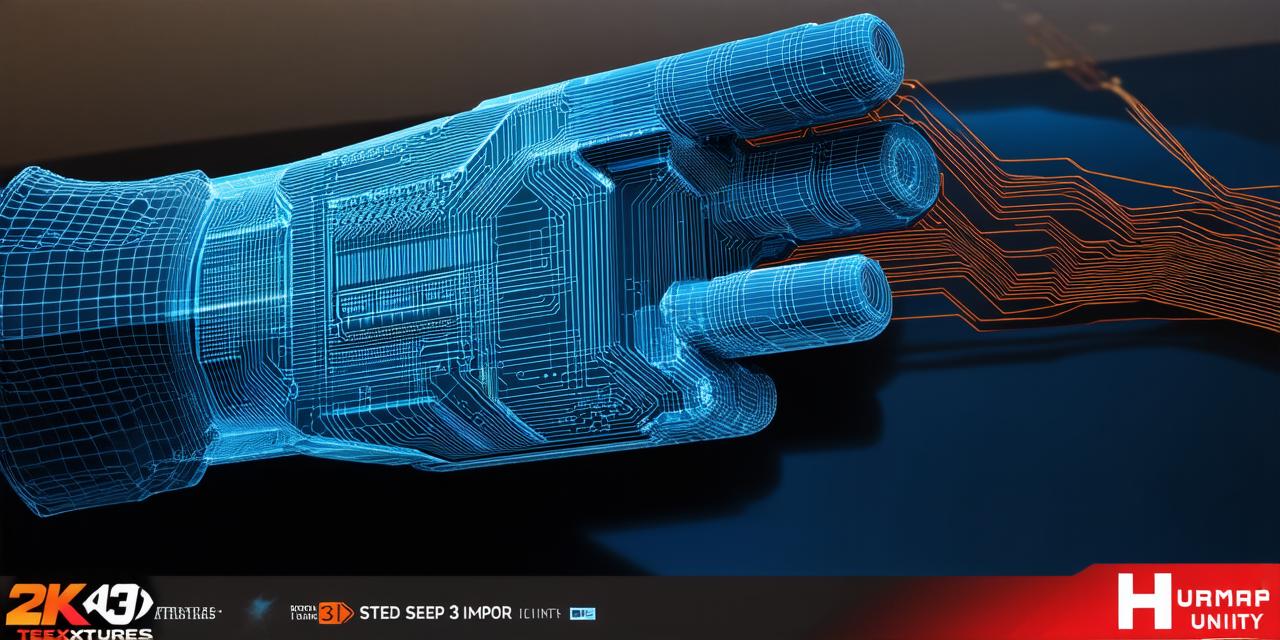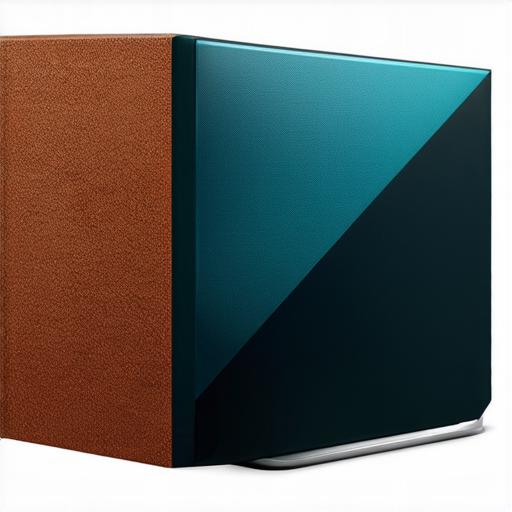
As an Unity developer, you know that creating and importing 3D models is crucial for building immersive and interactive environments. But with so many different 3D modeling software options out there, it can be overwhelming to figure out how to bring your creations into the engine.
Before We Begin: Choosing Your 3D Model Software
There are dozens of 3D modeling software options available, each with its own unique features and capabilities. Some popular choices include Blender, Maya, 3DS Max, and Fusion 360. When choosing your software, consider the following factors:
- User-friendliness: Does the software have an intuitive interface that makes it easy to create and export your models?
- Export options: Can the software export your model in a format that Unity supports, such as FBX or OBJ?
- Integration: Does the software have built-in tools for integrating with Unity, such as importers or plugins?
Once you’ve chosen your 3D modeling software, it’s time to create your model. The process of creating a 3D model will vary depending on which software you choose, but here are some general steps to get you started:
- Sketch out your design: Before you start modeling, it’s a good idea to sketch out your design on paper or using a 2D drawing program. This will help you visualize the final product and make sure everything is proportionate and symmetrical.
- Create basic shapes: Once you have your design sketched out, you can start building your model using basic shapes like cubes, spheres, and cylinders. Most 3D modeling software will have a library of pre-made shapes that you can use as a starting point.
- Add details: As you build your model, you can add more details like textures, lighting, and materials to make it look more realistic.
- Export the model: Once you’re happy with your model, you can export it in a format that Unity supports, such as FBX or OBJ.

Importing Your 3D Model into Unity
To import your 3D model into Unity, follow these steps:
- Open Unity: First things first, make sure you have Unity installed on your computer and open the project where you want to import your model.
- Navigate to the Assets folder in the Project window. This is where you’ll find all of the assets in your project, including 3D models.
- Importing the model: To import your 3D model, simply drag and drop it into the Assets folder or use the Import Package menu to package your model files and import them all at once.
- Placement: Once your model is imported, you can place it in the scene by selecting it in the Hierarchy window and using the Transform tools to move, rotate, and scale it as needed.
- Materials and textures: You can also assign materials and textures to your model to give it a more realistic look. To do this, select your model in the Hierarchy window and go to the Inspector window, where you’ll find the Material and Texture components.
FAQs
Q: Can I import 3D models from other software into Unity?
A: Yes, you can import 3D models from almost any software that can export them in a format that Unity supports, such as FBX or OBJ.
Q: What if my 3D model is too large to import into Unity?
A: If your 3D model is too large, you may need to optimize it by reducing the number of polygons or using a lower-resolution texture. You can also consider using a level of detail (LOD) system to only load certain parts of the model when they are needed.
Q: How do I assign materials and textures to my 3D model in Unity?
A: To assign materials and textures to your 3D model in Unity, select the model in the Hierarchy window and go to the Inspector window, where you’ll find the Material and Texture components.
Real-Life Example: Importing a Character into Unity
Let’s take a look at an example of how to import a character into Unity. In this case, we’ll be using Blender as our 3D modeling software and the FBX format for exporting the model.
- Creating the character in Blender: We’ll start by creating a simple character model in Blender. Here are the steps:
- Open Blender and create a new project.
- Add basic shapes like cubes, cylinders, and spheres to create the body, arms, and legs of the character.
- Extrude and bevel edges to give the character a more humanoid appearance.
- Add a head using a sphere or another shape.
- Create separate objects for the eyes, nose, mouth, and other facial features.
- Assign textures and materials to each object to make it look more realistic.
- Exporting the character as an FBX file: Once you’re happy with your character model, you can export it as an FBX file by following these steps:
- Select File > Export > Scene as FBX.
- Choose a location to save the file and give it a name, such as “character.fbx”.
- Importing the character into Unity: To import the character into Unity, follow these steps:
- Open Unity and create a new project or open an existing one where you want to import the character.
- Navigate to the Assets folder in the Project window.
- Drag and drop the “character.fbx” file into the Assets folder or use the Import Package menu to package all of the model files and import them at once.
- Select the character object in the Hierarchy window and use the Transform tools to move, rotate, and scale it as needed.
- Assign materials and textures to each part of the character using the Material and Texture components in the Inspector window.

